Japanese desserts blend artistry with flavor in ways that captivate both the eye and palate. Unlike their often overly sweet Western counterparts, these treats balance sweetness with subtle flavors like matcha, red bean, and seasonal fruits. From chewy mochi to jiggly pancakes, Japanese sweets offer textures and tastes that make them uniquely satisfying experiences rather than mere indulgences.
1. Mochi
Bite into a mochi and experience the unique chewy texture that’s become legendary worldwide. These glutinous rice cakes transform humble rice into pillowy delights through an ancient pounding process called mochitsuki.
While plain mochi delights with its subtle sweetness, filled varieties like daifuku hide treasures inside—typically sweet red bean paste or fresh strawberries wrapped in a thin mochi blanket. During New Year celebrations, families gather to pound rice into mochi, continuing traditions centuries old.
Modern variations include ice cream-filled mochi, matcha-flavored varieties, and seasonal specials like sakura mochi wrapped in pickled cherry leaves. The textural magic of mochi lies in its perfect balance—soft yet chewy, simple yet complex.
2. Purin
Velvety smooth with a gentle wobble, purin captures hearts with its delicate custard perfection. This Japanese take on crème caramel elevates simplicity, creating a dessert that’s simultaneously nostalgic and sophisticated.
The magic happens when rich egg custard meets bitter-sweet caramel sauce cascading down its sides. Unlike its Western relatives, Japanese purin tends toward subtlety—less sweet, more creamy, with an almost cloudlike texture that melts instantly on your tongue.
Found everywhere from convenience stores to high-end patisseries, purin comes in various forms. Some regions add special touches like Hokkaido’s famous milk-forward version or coffee-infused variations. The classic purin, however, remains an enduring symbol of Japanese dessert perfection.
3. Dango
Speared on bamboo skewers and grilled to perfection, dango brings playfulness to Japanese sweet traditions. These glutinous rice dumplings differ from mochi in their preparation—made from rice flour rather than pounded whole rice.
Hanami dango celebrates cherry blossom season with its iconic pink, white, and green colors representing spring’s arrival. Mitarashi dango, glazed with sweet-savory soy sauce syrup, offers a more complex flavor profile that balances sweetness with umami notes.
Street vendors and traditional tea houses alike serve these chewy treats year-round. The distinctive texture—springy and satisfying—paired with various glazes and coatings makes dango an accessible entry point into Japanese dessert culture. Each variety tells a seasonal story through colors and flavors.
4. Matcha Cake
Brilliant green layers reveal themselves as you slice into a proper matcha cake, showcasing Japan’s beloved powdered green tea. The cake’s earthy bitterness creates perfect harmony with its measured sweetness—a balance Western desserts rarely achieve.
Premium matcha powder gives these cakes their distinctive color and complex flavor profile. Whether in the form of a Swiss roll filled with whipped cream, a layered castella cake, or a modern cheesecake, the matcha infusion provides depth that keeps you coming back for another bite.
Beyond flavor, matcha offers subtle caffeine and antioxidants, letting dessert lovers rationalize their indulgence. The cake’s visual impact—that vibrant green against white cream—makes it as Instagram-worthy as it is delicious, explaining its global popularity surge.
5. Dorayaki
Golden pancakes embrace sweet red bean filling in this beloved cartoon cat Doraemon’s favorite treat. The pancakes themselves merit attention—honey-infused and cooked to caramelized perfection, they’re fluffier than American pancakes yet more substantial than crepes.
Traditional dorayaki features anko (sweet red bean paste) as its filling, creating a delightful textural contrast between the smooth beans and soft cake. Modern variations experiment with custard, matcha cream, and even chocolate fillings, though purists maintain nothing beats the classic.
Compact enough to eat on-the-go yet substantial enough to satisfy, dorayaki bridges the gap between snack and dessert. Many Japanese adults recall childhood memories of this portable treat, explaining why vintage dorayaki shops still command long lines throughout Japan.
6. Anmitsu
Crystal clear cubes of agar jelly form the foundation of anmitsu, a dessert that celebrates contrasting textures in perfect harmony. Each component adds to the experience—chewy mochi balls, sweet red beans, seasonal fruits, and a drizzle of black sugar syrup called kuromitsu.
Served in a glass bowl to showcase its beautiful layers, anmitsu represents Japanese dessert philosophy perfectly. Nothing is overly sweet; instead, natural flavors shine through, complementing rather than competing with each other.
Summer brings special variations like momo (peach) anmitsu or melon anmitsu, incorporating the season’s best fruits. The refreshing nature of this dessert makes it particularly popular during humid Japanese summers, offering sweet satisfaction without heaviness. The final touch of kuromitsu syrup ties everything together with its molasses-like complexity.
7. Matcha Ice Cream
Frosty scoops of vibrant green reveal matcha ice cream’s intense flavor before it even touches your tongue. Unlike artificially flavored varieties, authentic Japanese matcha ice cream delivers grassy notes and pleasant bitterness alongside its creamy sweetness.
Premium versions contain higher concentrations of ceremonial-grade matcha powder, creating deeper color and more complex flavor profiles. The slight astringency cuts through dairy richness, preventing the cloying sweetness found in many conventional ice creams.
Temples in Kyoto serve matcha ice cream alongside traditional tea ceremonies, while street vendors in Tokyo offer soft-serve variations in elegant twisted cones. Often topped with crunchy roasted rice pieces or sweet red beans, matcha ice cream exemplifies how Japanese desserts transform familiar formats with unique cultural elements.
8. Taiyaki
Shaped like sea bream (tai) fish—symbols of good fortune—these whimsical pastries charm before you’ve taken a single bite. The crisp waffle-like exterior breaks open to reveal warm, sweet fillings, creating an irresistible textural contrast.
Traditional taiyaki contains sweet red bean paste, though modern variations feature custard cream, chocolate, sweet potato, or even savory fillings like cheese. The batter itself contains hints of sweetness, complementing rather than overwhelming the filling.
Street vendors cooking taiyaki in special molds create enticing aromas that waft through festival grounds and shopping streets. The joy of eating taiyaki comes partly from its playful presentation—starting with the tail or head becomes a personal ritual. Fresh from the iron, these treats provide warming comfort on cold Japanese winter days.
9. Yōkan
Dense, sliceable jelly with surprising depth—yōkan represents one of Japan’s oldest traditional confections. Originally introduced by Buddhist monks, this sweet has evolved over centuries while maintaining its fundamental simplicity.
Made primarily from red bean paste, sugar, and agar, yōkan delivers concentrated flavor in each firm slice. The texture differs dramatically from Western jellies—much firmer and meant to be cut into precise rectangular portions rather than spooned.
Seasonal variations showcase Japan’s appreciation for nature’s rhythms. Autumn brings chestnut-studded versions, while summer offers lighter, more refreshing varieties. Served alongside bitter green tea, yōkan’s sweetness creates perfect balance during traditional tea ceremonies. The absence of dairy or eggs in traditional recipes means this centuries-old treat aligns surprisingly well with modern vegan diets.
10. Kuzumochi
Ghostly translucent squares of kuzumochi shimmer with subtle elegance, showcasing Japanese desserts’ focus on refined simplicity. Made from kuzu (arrowroot) starch rather than rice, these jellied treats offer a unique texture—simultaneously firm yet yielding, with delightful elasticity.
The true magic emerges with toppings: roasted soybean flour (kinako) provides nutty warmth while black sugar syrup (kuromitsu) adds depth and moisture. Together, these elements transform the relatively plain base into a complex sensory experience.
Summer brings increased demand for kuzumochi, as its cool, slippery texture provides relief from humidity. Traditional confectionery shops prepare fresh batches daily, though shelf-stable versions appear in supermarkets year-round. The neutral base makes kuzumochi particularly versatile—some modern versions incorporate matcha, black sesame, or seasonal fruit flavors.
11. Nama Chocolate
Velvety chocolate squares dissolve instantly on your tongue, revealing why nama chocolate has become Japan’s luxurious chocolate gift of choice. “Nama” means fresh or raw, referring to the fresh cream that gives these truffles their exceptionally smooth texture.
Hokkaido’s renowned dairy produces the richest versions, though nama chocolate appears throughout Japan in flavors ranging from champagne to matcha to whiskey-infused. Each piece comes dusted with cocoa powder or other coatings, preventing these delicate treats from sticking together.
Valentine’s Day sees nama chocolate sales skyrocket, as Japanese chocolate-giving traditions center around high-quality, thoughtfully presented selections. Unlike Western truffles, nama chocolate emphasizes texture over sweetness, with premium brands like Royce creating versions so refined they must be kept refrigerated until moments before serving.
12. Japanese Soufflé Pancakes
Towering inches high on the plate, Japanese soufflé pancakes jiggle with ethereal lightness that seems to defy gravity. Their creation involves folding whipped egg whites into batter, then cooking slowly under covers to achieve their remarkable height and custardy interior.
Each bite delivers an experience between pancake, soufflé, and cake—impossibly fluffy yet substantial enough to satisfy. Toppings remain minimal, typically fresh whipped cream, maple syrup, or seasonal fruits, allowing the pancake’s delicate texture to remain the star.
Instagram made these pancakes internationally famous, with tourists lining up outside Tokyo cafés for the chance to capture their signature wobble. Despite their fancy appearance, the flavor remains comfortingly familiar—just elevated through technique rather than excessive sweetness. Patience rewards both the cook and eater of these time-intensive breakfast treats.
13. Imo Yōkan
Amber-hued blocks of imo yōkan capture autumn’s essence in a dessert celebrating sweet potato’s natural sweetness. Unlike regular yōkan made from red beans, this seasonal specialty substitutes Japanese sweet potatoes, creating earthier flavor and distinctive color.
The preparation involves steaming sweet potatoes until tender, then combining them with sugar and agar before cooling into firm, sliceable blocks. Some artisanal versions incorporate chestnuts or sweet potato chunks for textural contrast within the smooth jelly base.
Fall festivals and traditional tea ceremonies feature imo yōkan as a seasonal delicacy, often paired with hojicha (roasted green tea) whose toasty notes complement the sweet potato perfectly. The dessert’s natural ingredients and restrained sweetness exemplify Japanese dessert philosophy—enhancing rather than masking the main ingredient’s inherent qualities.
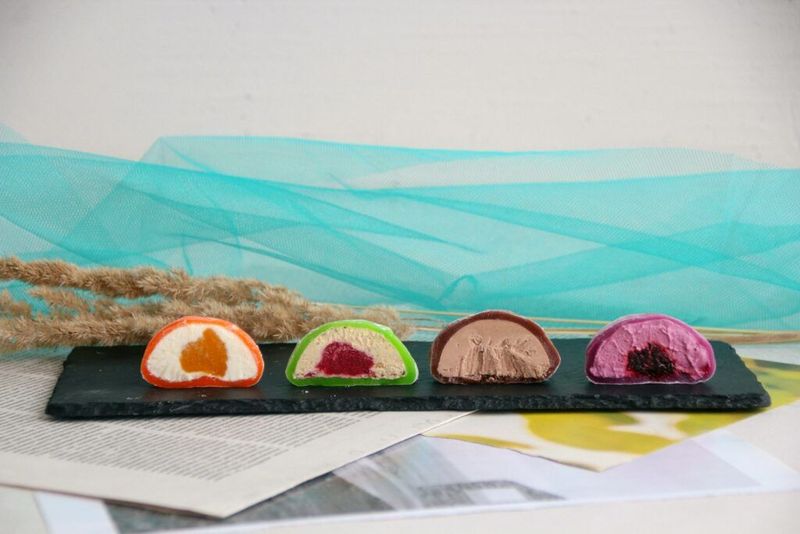
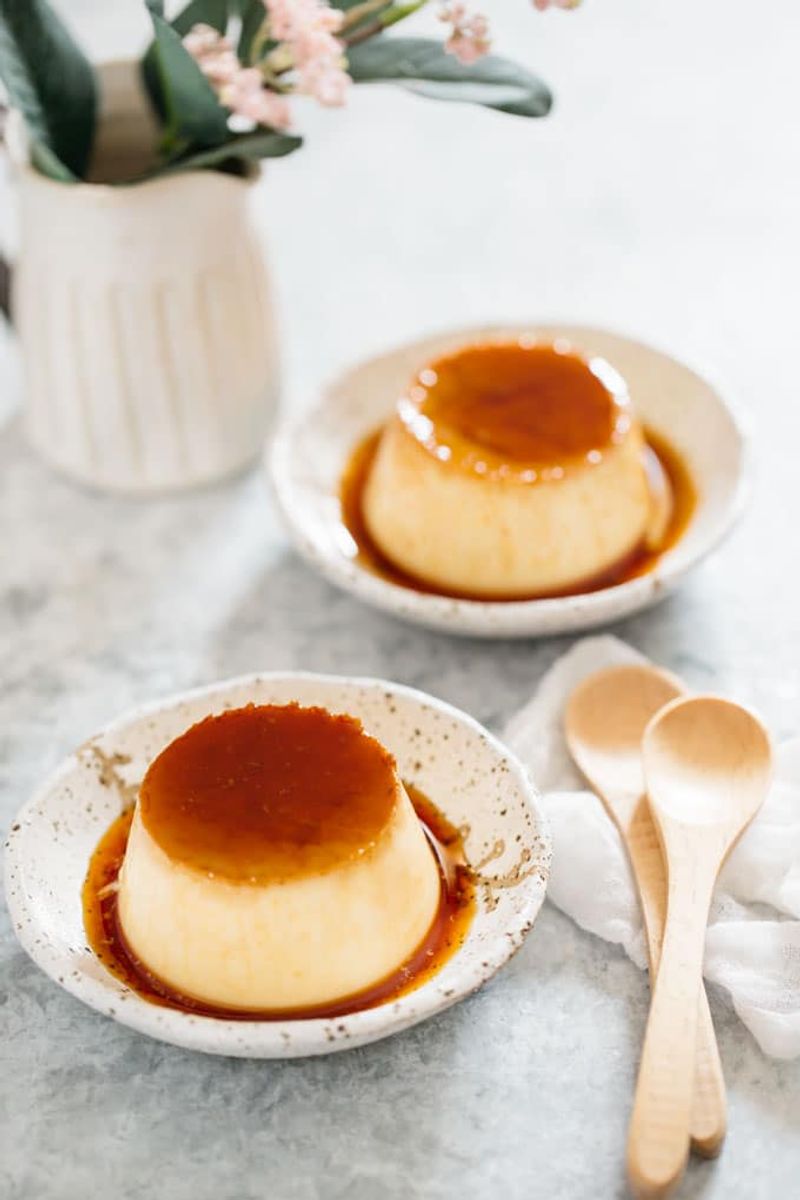
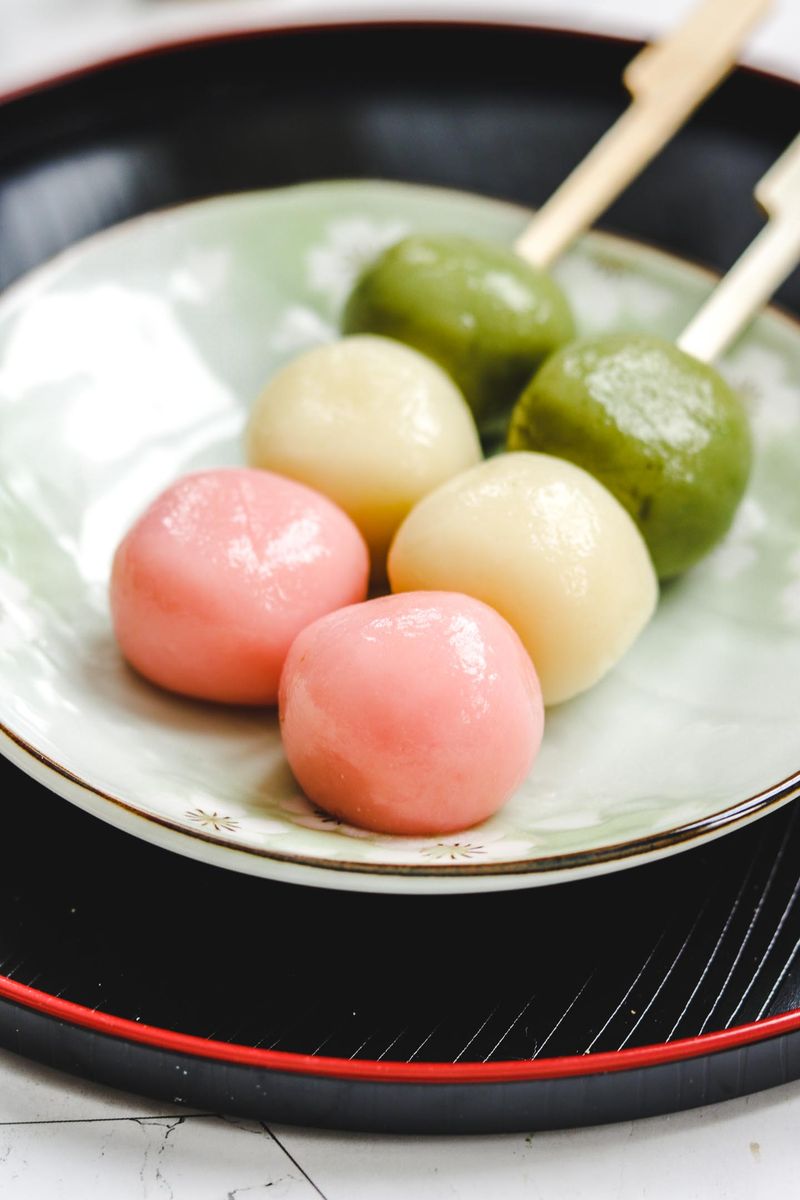
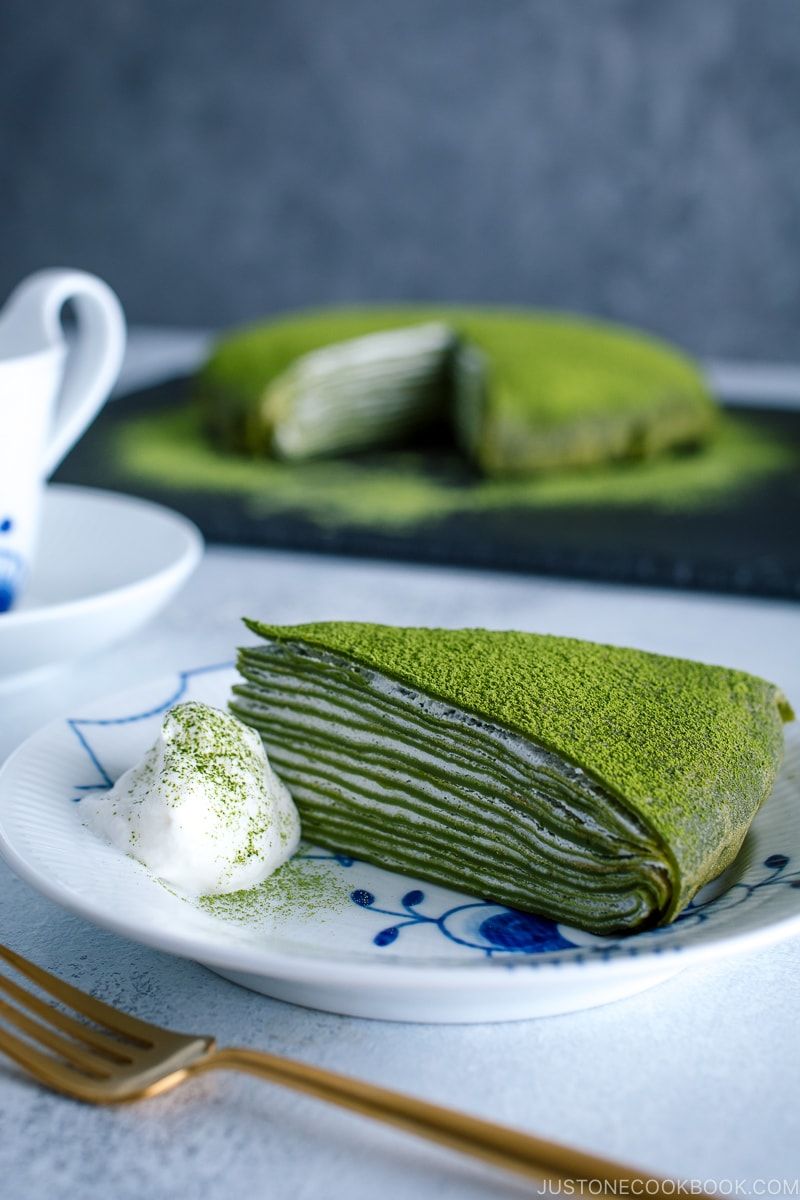
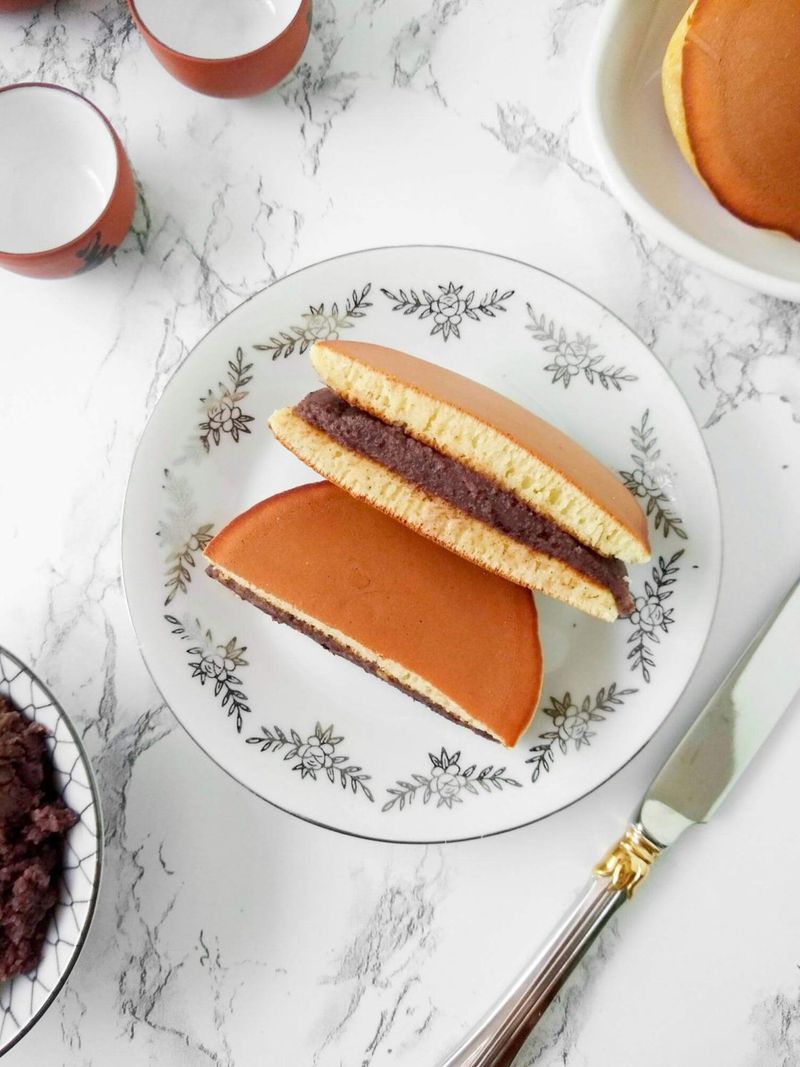
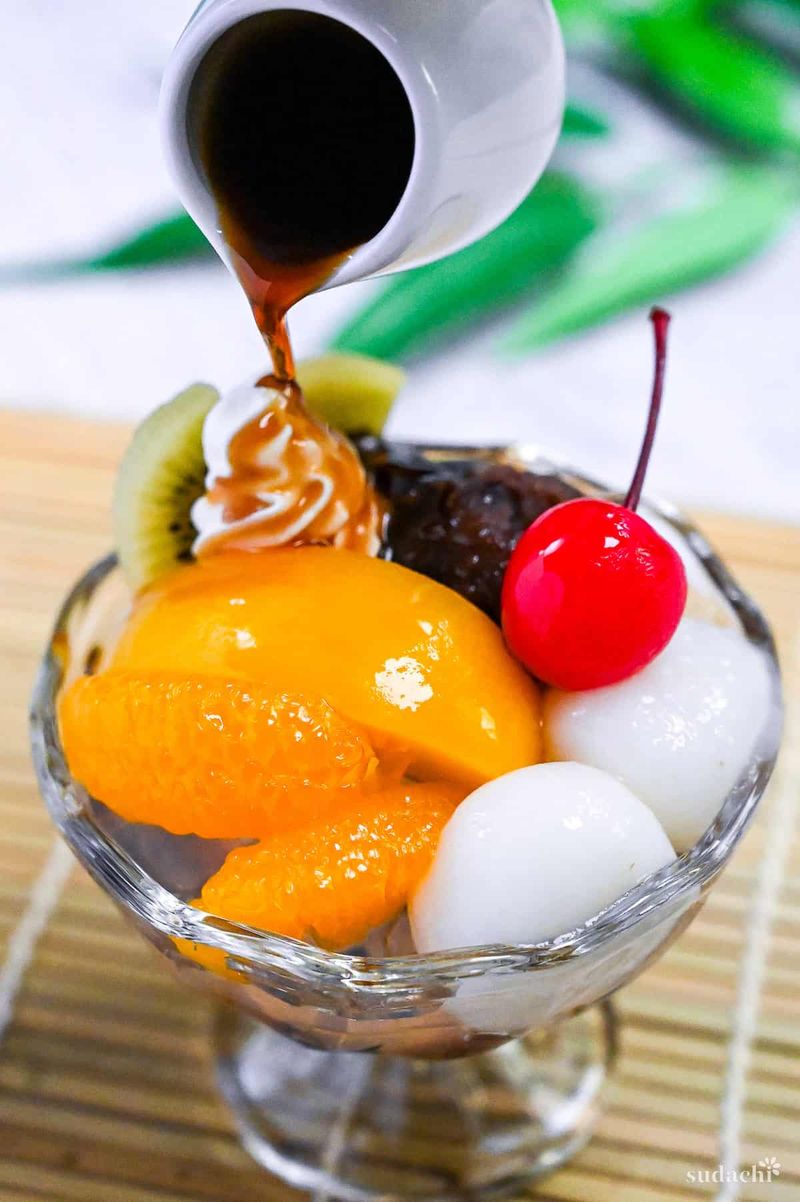
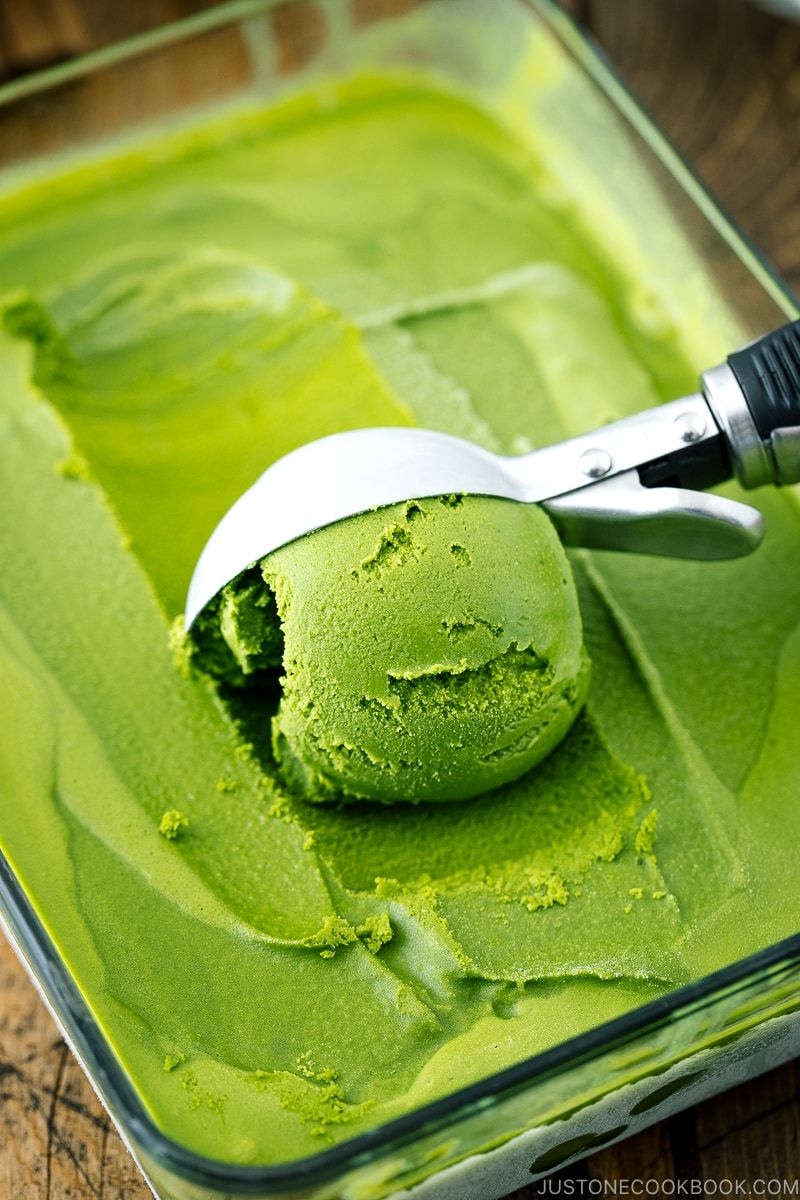
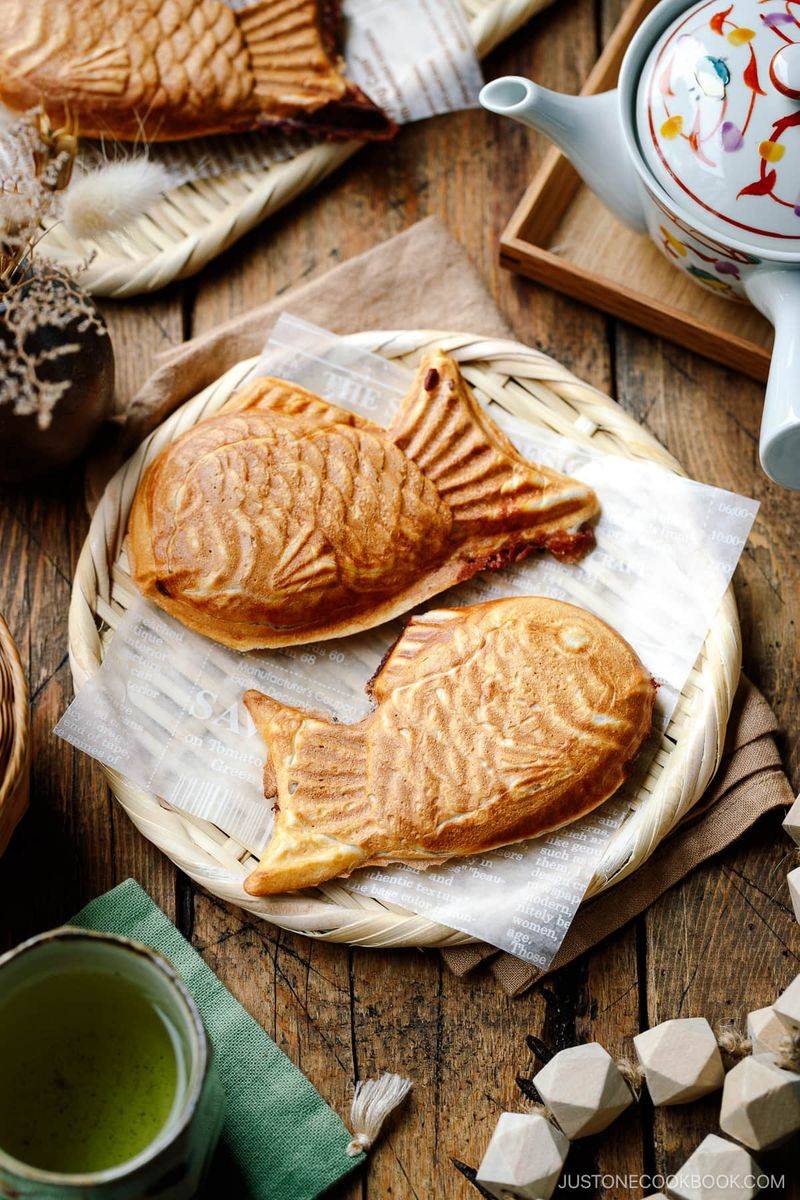
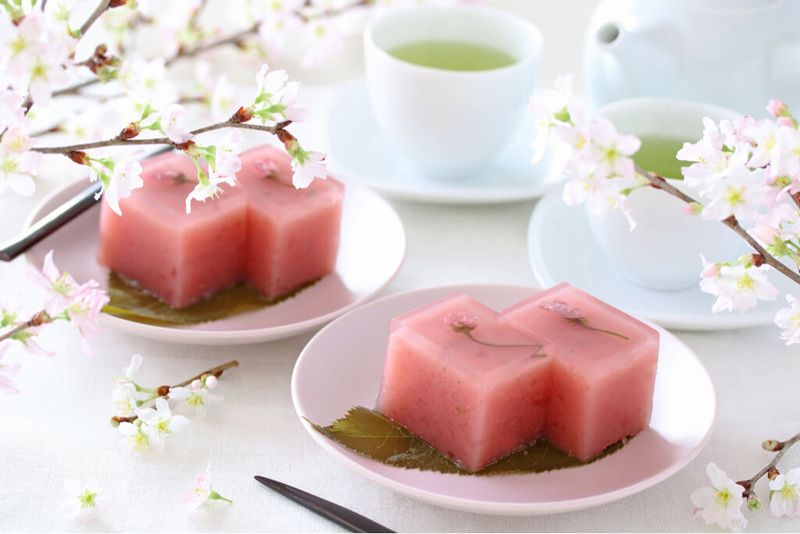
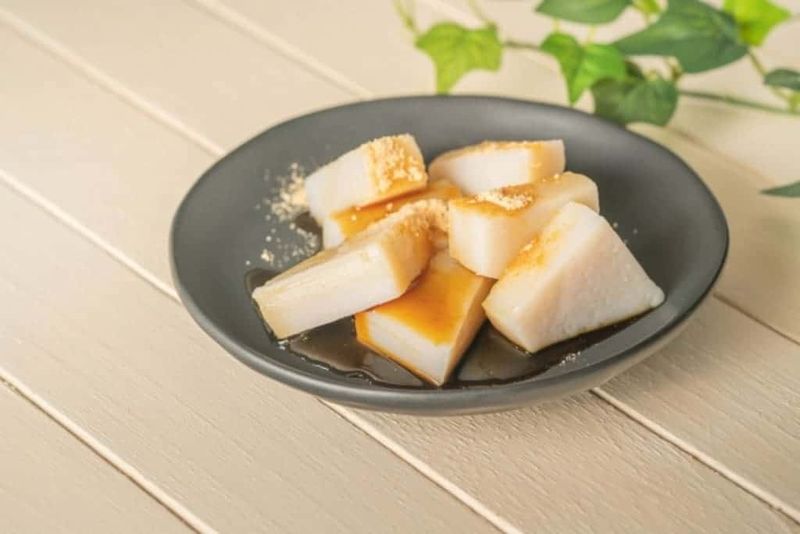
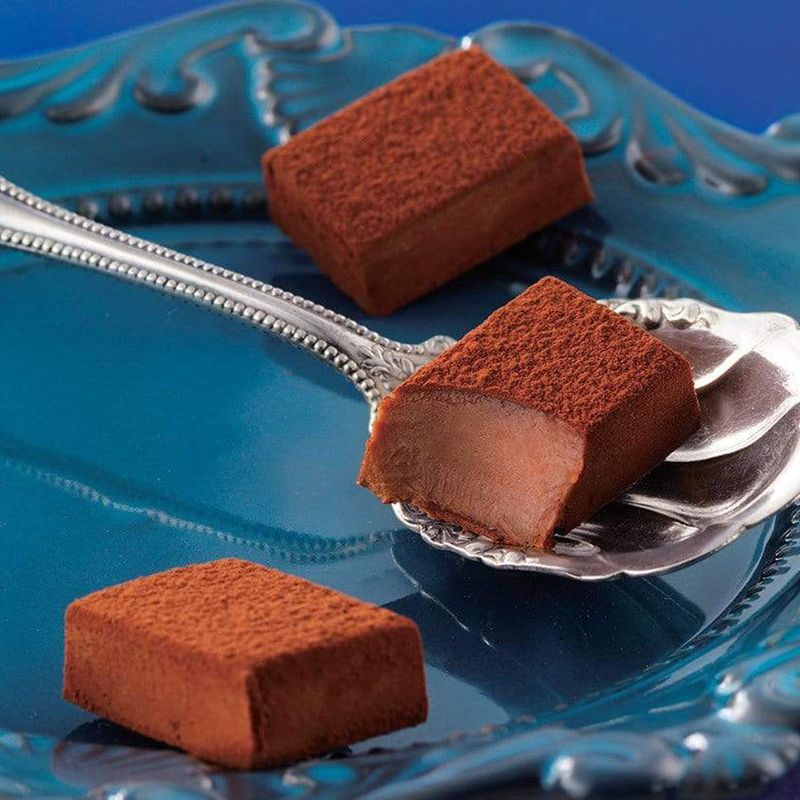
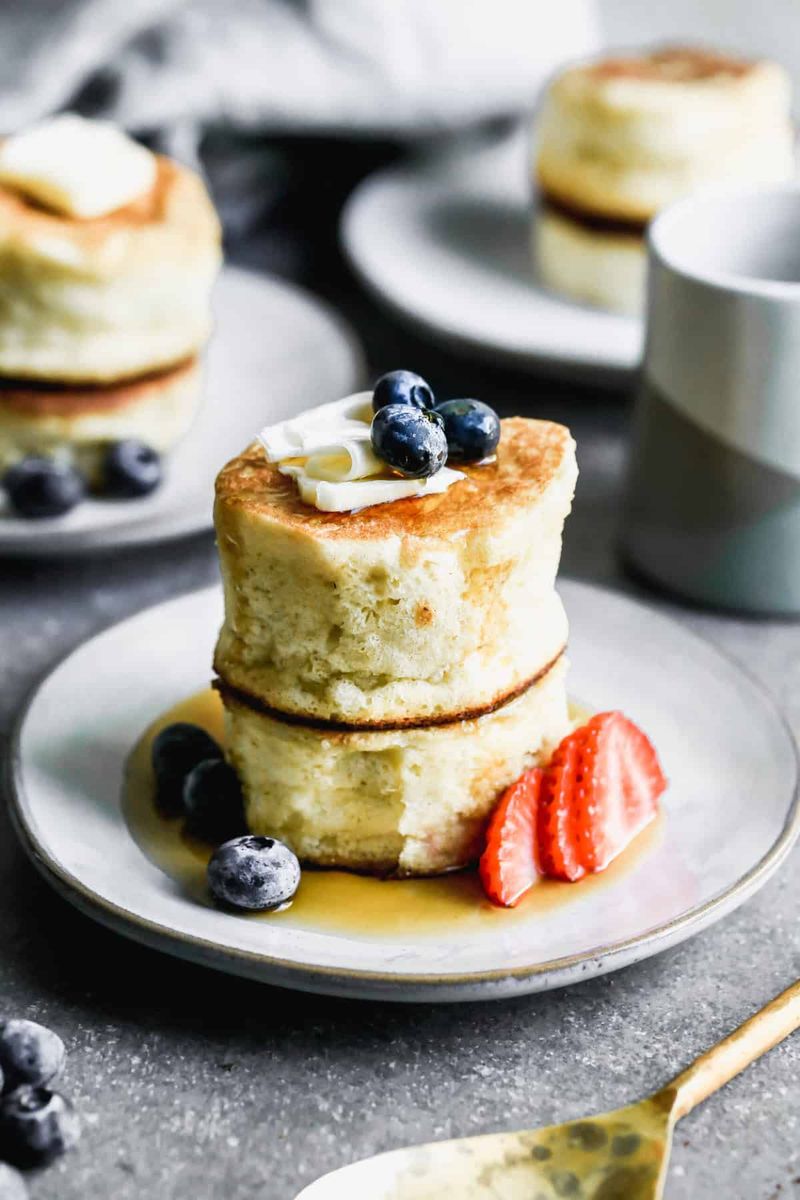
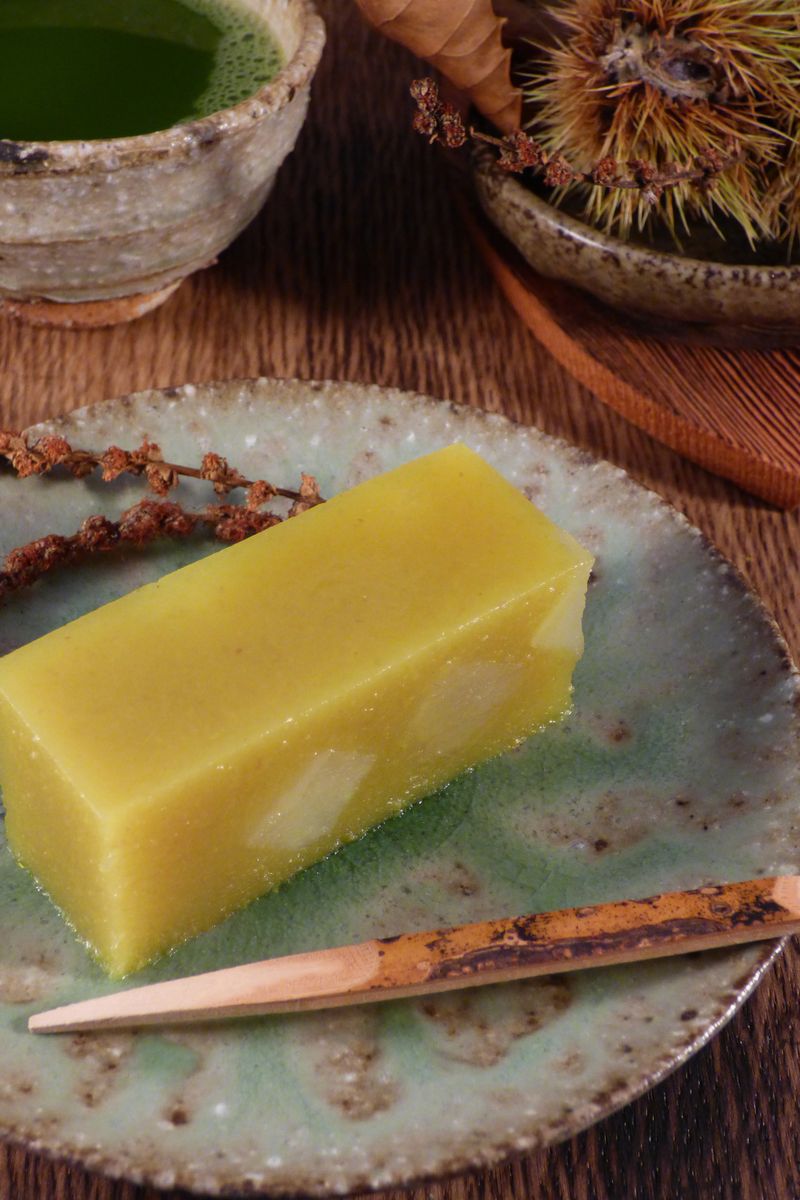
Leave a comment